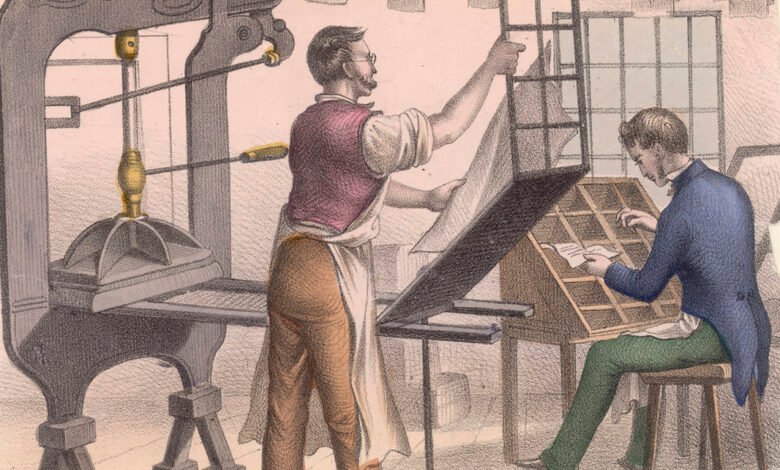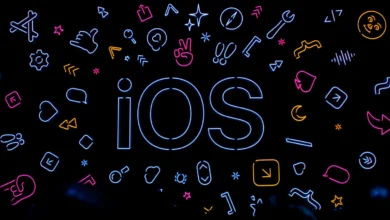How Have Printers Changed Since the 1970s?

How Have Printers Changed Since the 1970s? Over the past few decades, printer technology has advanced significantly. In the early 1970s, laserjet printers were the hottest commodity. Today, however, we have wireless printers (like the Epson line of wireless printers), voice-activated printers, and printers that can produce 3D items. Since the 1970s, printers have seen a substantial evolution, with some key advancements in print technology.
Today, most of us take printing for granted, yet in the past, printing required far more work than simply pressing a button. Since printing’s beginning, which is believed to have occurred as far back as 3,000 BCE, printing has seen various changes, from woodblock printing through the Gutenberg Press to the development of inkjet printers in the 1950s.
Continue reading to learn how printer technology has evolved since the 1970s and what the future holds for printer technology.
Read More:Multiple WhatsApp Accounts on Android
Birth Of The Inkjet Printer

Even though the first laser printers were developed in 1969, inkjet printers didn’t start to become widely accessible until the latter 1970s. These printers could reproduce digital images created by computers, making them an essential part of any business setup as well as home computing installations when they shrunk and became more readily available in the 1980s. Inkjet printers, which are still among the most widely used models among both individuals and businesses, reproduce a digital image by ejecting drops of ink onto the paper.
The Digital Press
The invention of digital printing in 1993 made it possible to print computer images on real-world objects like paper, film, plastic, cloth, labels, vinyl, and a variety of other materials. Desktop publishing, commercial printing, print-on-demand services, photography prints, advertising banners, and changeable data printing are all common uses for digital printing. Although it has a higher cost per page than other, more conventional offset printing techniques, this is usually balanced because, unlike with the conventional techniques, you do not need to make fresh printing plates for every job.
3D Printing
Despite the fact that 3D printing has been around since the 1980s, precision, repeatability, and materials have truly taken off since 2019. Users of 3D printing can create a 3D object from a CAD or digital 3D model. A three-dimensional item is produced by the printer by adding materials layer by layer that are then deposited, connected, and solidified under the control of a computer. In recent years, 3D printing has gained a lot of popularity, particularly in research and development, prototyping, medical uses, fashion, jewellery moulds, weaponry, computers, and a variety of other applications.
Modern Tech Upgrades
Recently, printers have gotten more technologically advanced than before, which makes them more practical and simple to operate. You can print wirelessly from any location, and voice control through the use of apps like Alexa Print enables you to initiate print jobs by speaking to your device. Future gadgets are anticipated to include these technologies even more, and printers are likely to adopt them as a standard.
What Does The Future Of Printing Hold?
In the future, printing will continue to be significant in both people’s personal and professional life. We may anticipate further development and changes as time goes on as printing has already come a long way. Customers may anticipate that printing will become more environmentally friendly, that 3D printing will go even further, and that printers will feature even more technology to make printing faster, simpler, and less time-consuming than ever.











